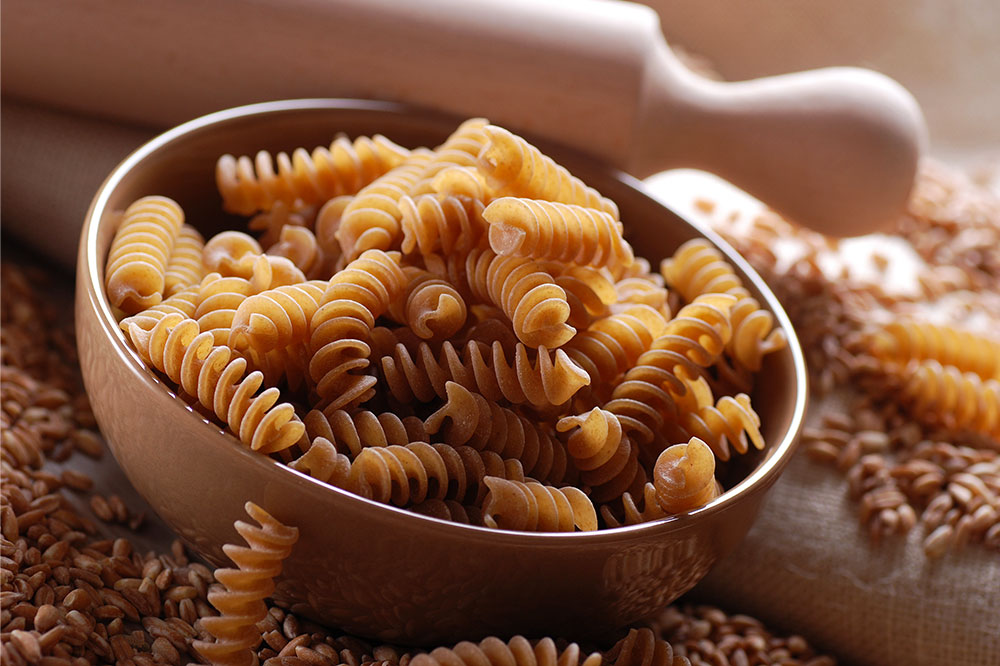Managing eosinophilic esophagitis – Foods to avoid and eat

Eosinophilic esophagitis (EoE) is an immune system disorder recognized as a major source of issues in the digestive system. EoE develops when stomach acid backs up into the esophagus, causing injury to the sensitive esophageal tissues. Certain foods are known to aggravate the condition. Its management consists of removing triggers from one’s daily routine and gradually reintroducing them to identify the cause. Here are foods that aggravate EoE and those that relieve it:
What is eosinophilic esophagitis?
The esophagus is a tube that connects the mouth to the stomach. Eosinophilic esophagitis or EoE is a medical condition where the immune system overreacts to allergens and triggers like unsuitable foods. This reaction causes acidic reflux and leads to the build-up of white blood cells in the lining of the esophagus. The buildup inflames the tissues and stops the organ from functioning optimally. Those with EoE may experience common symptoms like difficulty swallowing, vomiting, stomach pain, heartburn or chest pain, and a burning sensation in the throat. Hampered growth is a common symptom in kids who may be slow in gaining healthy mass.
Foods to avoid
Wheat products
People with eosinophilic esophagitis should avoid wheat products like bread, noodles, muffins, crumpets, pasta, cakes, cereal bars, pastries, and crackers. Wheat products are rich in gluten—a protein that has been found to trigger allergic reactions in EoE patients.
Milk
The immune system of people with EoE identifies milk proteins as harmful, causing an allergic reaction. Dairy products like buttermilk, cheese, ice cream, margarine, ghee, ice cream, sour cream, condensed milk, and mayonnaise should be avoided until one identifies the precise trigger for their flare-ups. One should look for hidden names on the ingredient label, like milk powder, whey protein, and casein, to avoid accidentally consuming milk products.
Eggs
This protein-rich food is another common allergen that triggers the excess production of eosinophils. So, one should avoid egg-based products like cakes, pastries, egg noodles, batters, and waffles.
Nuts
Walnuts, almonds, hazelnuts, pistachio, peanuts, cashews, nut butter, nut extract, and other tree nuts may cause flare-ups in EoE patients.
Soy
EoE is a medical condition that may also be triggered by soy cheese, flour, sauce, tofu, miso, ice cream, soy milk, nuts, and yogurt.
Shellfish
Healthcare experts may ask people with one to avoid all types of shellfish, including shrimp, crab, lobster, oysters, clams, mussels, and scallops, as these foods could trigger an allergic reaction.
Apart from triggers, one may also experience allergic EoE reactions due to environmental factors like pollen inhalation. Some may see their symptoms worsening when experiencing spring or summertime allergies. Extreme cold and dry climate, family history of the condition, and chronic respiratory disease like asthma may be other risk factors for EoE.
Best foods for managing EoE
Vegetables
Vegetables like carrots, lettuce, sweet potato, white potato, broccoli, beets, string beans, asparagus, Brussels sprouts, and cauliflower are not only excellent sources of essential nutrients but are non-acidic.
Non-citrus fruits
Non-citrus fruits soothe EoE flare-ups and are easier to digest. They may include apples, plums, pears, peaches, nectarines, apricots, grapes, and raisins.
Oats
Oats and other calcium-rich foods like rice and coconut are nutritious and safe alternatives for milk.
Seeds
Flax seeds and sesame seeds contain protein, omega-3 fatty acids, and vitamins D and A, making them good options for people with EoE. Before making changes to meal plans, one should consult a healthcare expert.
Additionally, people with eosinophilic esophagitis should have a lot of fluids, including water and fresh unsweetened fruit juices, to help with digestion and ease the effect of stomach acid.
Treatment
Healthcare professionals commonly use the six-food elimination method (SFED) for EoE patients. These foods are entirely discontinued at first and then reintroduced in meals one by one every two to four weeks. The patient, meanwhile, is kept under observation for any signs of flare-ups or other symptoms. This method allows doctors to determine which food triggers the EoE inflammation, and then they can suggest a suitable meal plan. The elimination may be temporary. A healthcare professional may recommend avoiding the triggers until the symptoms improve.
Additionally, a doctor may introduce elemental liquid or powder meals for a few weeks to meet the nutrient requirements while the esophagus is healing. In combination, the doctor may also recommend topical liquids and other prescription options to help reduce the acid in one’s stomach, ease inflammation, and reverse esophageal damage. Further, esophageal dilation is another effective treatment procedure that stretches the esophagus if it has become too narrow.



